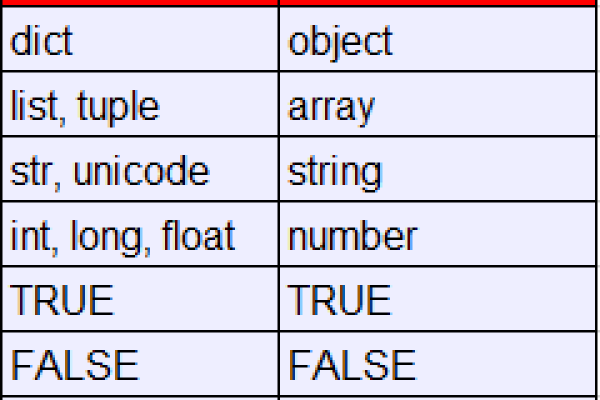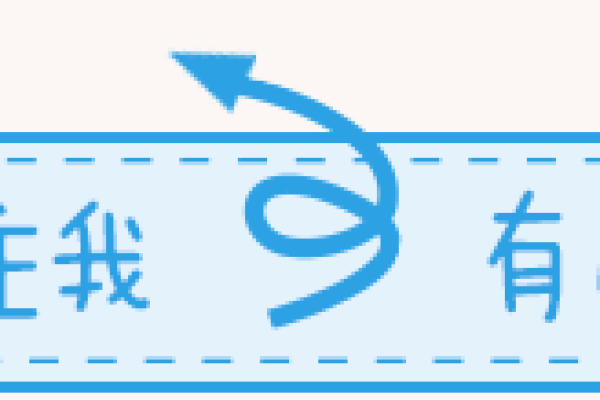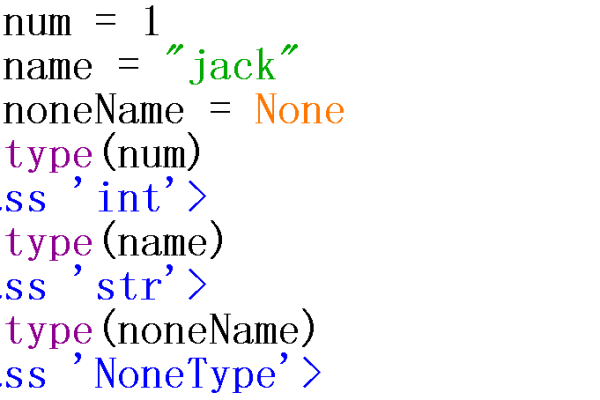format是字符串内嵌的一个方法,用于格式化字符串。以大括号{}来标明被替换的字符串,一定程度上与%目的一致。但在某些方面更加的方便
1、基本用法
1、按照{}的顺序依次匹配括号中的值
s = "{} is a {}".format('Tom', 'Boy')
print(s) # Tom is a Boy
s1 = "{} is a {}".format('Tom')
# 抛出异常, Replacement index 1 out of range for positional args tuple
print(s1)
2、通过索引的方式去匹配参数
这里需要注意的是,索引从0开始计算。
s = "{0} is a {1}".format('Tom', 'Boy')
print(s) # Tom is a Boy
s1 = "{1} is a {2}".format('Tom', 'Lily', 'Girl')
print(s1) # Lily is a Girl
字符串中索引的顺序可以打乱,并不影响匹配。
s = "{1} is a {0}".format('Boy', 'Tom', )
print(s) # Tom is a Boy
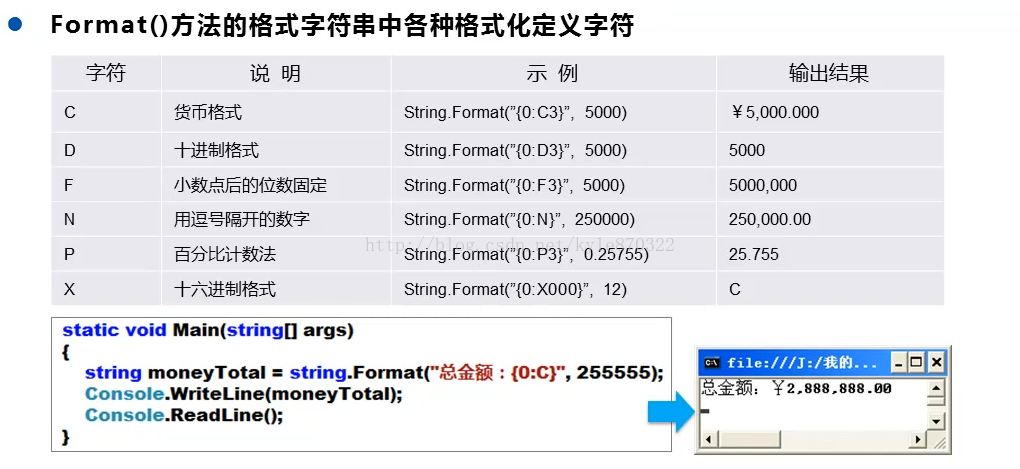
3、通过参数名来匹配参数
s = "{name} is a {sex}".format(name='Tom', sex='Boy')
print(s) # Tom is a Boy
同理python字符串截取,如果参数已经确定,可以直接利用{}进行格式化引用。
name = 'Tom'
sex = 'Girl'
# 以f开头表示在字符串中支持大括号内的python表达式
s = f"{name} is a {sex}"
print(s) # Tom is a Boy
4、混搭使用
可以通过索引,参数名来混搭进行匹配。
s = "My name is {}, i am {age} year old, She name is {}".format('Liming', 'Lily', age=10)
print(s) # My name is Liming, i am 10 year old, She name is Lily
需要注意的是,命名参数必须写道最后。负责会编译报错!
s = "My name is {}, i am {age} year old, She name is {}".format('Liming', age=10, 'Lily')
print(s) # SyntaxError: positional argument follows keyword argument
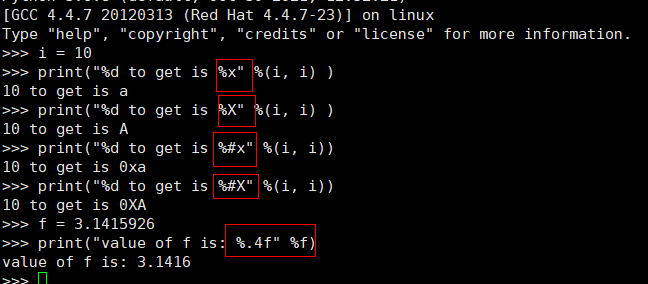
另外python字符串截取,不可以索引和默认格式化混合使用。
s = "{} is a {0}".format('Boy', 'Tom', )
print(s)
s1 = "{} is a {1}".format('Boy', 'Tom', )
print(s1)
以上两种写法均报异常。
# ValueError: cannot switch from automatic field numbering to manual field specification
2、进阶用法
1、支持对参数部分引用
可以通过索引对参数的部分进行取值。如下:s[0] = w。
s = "The word is {s}, {s[0]} is initials".format(s='world')
# The word is world, w is initials
print(s)
2、数字的处理

普通的直接匹配数字没什么好说的,与基础部分的字符串匹配一样。
s = 'π is {}'.format(3.1415926)
print(s) # π is 3.1415926
如何使用format 保留两位小数呢?需要使用:.2f,在用%进行格式化时我们使用的是%:.2f
s = 'π is {:.2f}'.format(3.1415926)
print(s) # π is 3.14
s1 = 'π is %.2f'% 3.1415926
print(s1) # π is 3.14
同时这种方法还可以用于字符串截取,不过数字后面就不能加f了。
s = "{:.1}".format('Hello')
print(s) # H
给数字加千位符
s = "{:,}".format(1000000)
print(s) # 1,000,000
将数字转换成二进制
s = "{:b}".format(8)
print(s) # 1000
将数字转换成八进制
s = "{:o}".format(8)
print(s) # 10
将数字转换成十六进制
s = "{:X}".format(12)
print(s) # C
总结如下
3、格式处理
通过:+数字指定转换后的字符串长度,不足的部分用空格补充
s = "{:2}b".format('a')
print(s) # a b (a后面补了一个空格)
# 如果指定的长度小于参数的长度,按照原参数匹配
s1 = "{:2}World".format('Hello')
print(s1) # HelloWorld
4、字符的填充
可通过:符号^数字进行字符串的填充。其中数字为填充后的字符串总长度。
s = "{:*^10}".format('Hello')
print(s) # **Hello***
s = "{:-^20}".format('123456')
print(s) # -------123456-------
如果数字小于字符串的长度,则不进行填充操作。
s = "{:*^3}".format('Hello')
print(s) # Hello
5、list、tuple的拆分
在format格式化时,可使用*或者**进行对list、tuple拆分。
foods = ['fish', 'beef', 'fruit']
s = 'i like eat {} and {} and {}'.format(*foods)
# i like eat fish and beef and fruit
print(s)
foods = ['fish', 'beef', 'fruit']
s = 'i like eat {2} and {0} and {1}'.format(*foods)
# i like eat fruit and fish and beef
print(s)
dict_temp = {'name': 'Lily', 'age': 18}
# 字典需要用 ** 进行拆分
s = 'My name is {name}, i am {age} years old'.format(**dict_temp)
print(s) # My name 限时特惠:本站每日持续更新海量展厅资源,一年会员只需29.9元,全站资源免费下载
站长微信:zhanting688
主题授权提示:请在后台主题设置-主题授权-激活主题的正版授权,授权购买:RiTheme官网
声明:本站所有文章,如无特殊说明或标注,均为本站原创发布。任何个人或组织,在未征得本站同意时,禁止复制、盗用、采集、发布本站内容到任何网站、书籍等各类媒体平台。如若本站内容侵犯了原著者的合法权益,可联系我们进行处理。


